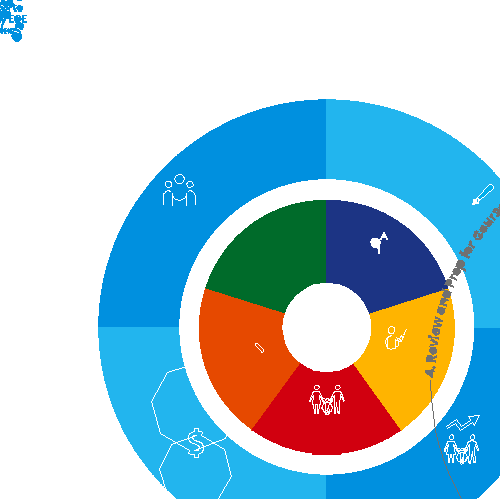Tool 1.2: Conceptual framework
Build to Last: A framework in support of universal quality pre-primary education

© Ministry of Education, Kyrgyz Republic
Introduction
The ‘Build to Last’ conceptual framework identifies the indispensable, interrelated building blocks of an effective pre-primary subsector, and promotes a systems approach to improving the quality of pre-primary education and access to services.
As a flexible frame of reference, it anchors and supports governments in creating or strengthening their vision and plans for pre-primary education.
The systems-strengthening or systems-building approach of the conceptual framework enables governments to shape the core functions and structures necessary to deliver and coordinate quality pre-primary education at scale. It provides an opportunity to examine and understand each part of the pre-primary subsector and the sum of these parts – how they relate to each other and how they link with the larger education sector.
A summary, brochure and animation video of the conceptual framework are available.
Objectives
Using this tool will enable the ECE TWG or stakeholders to:
Understand the essential, interrelated features of an effective pre-primary subsector;
Adopt a systems approach to planning and improving access to quality ECE.
When to Use this Tool
As an overarching frame of reference, the conceptual framework can serve as a blueprint for strengthening the ECE subsector.
This is your ‘go to’ source, or blueprint, for understanding and becoming conversant in the subsector’s “building blocks.” Understanding these building blocks is important for starting the journey toward systematic engagement in reflecting on and strengthening the ECE subsector in education sector analysis and planning.
Given the objectives of the conceptual framework and its overall flexibility and responsiveness to varying contexts and situations, it offers a starting point for enhancing reflections and strengthening discussions throughout each of the ESP phases. Throughout this global toolkit, references will be made to this conceptual framework to help anchor, guide and articulate reflections and ideas around analysing and planning for ECE.

Key Information
The conceptual framework is designed to be given meaning by each country and each group of users, to be adapted for each country’s context and the specific ways its pre-primary subsector functions.